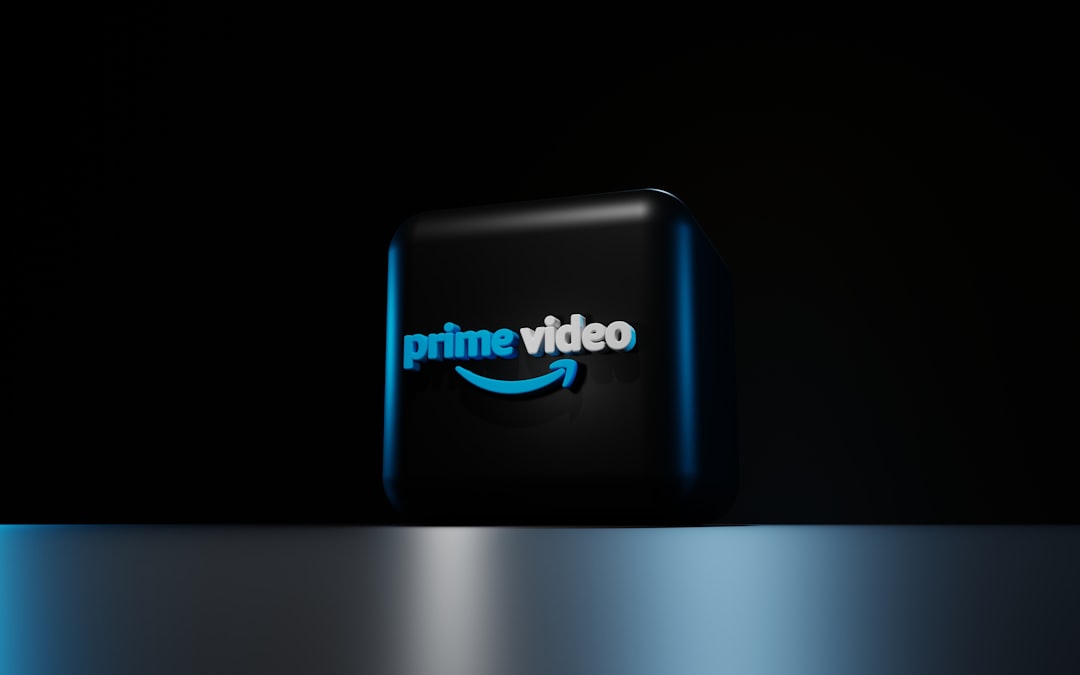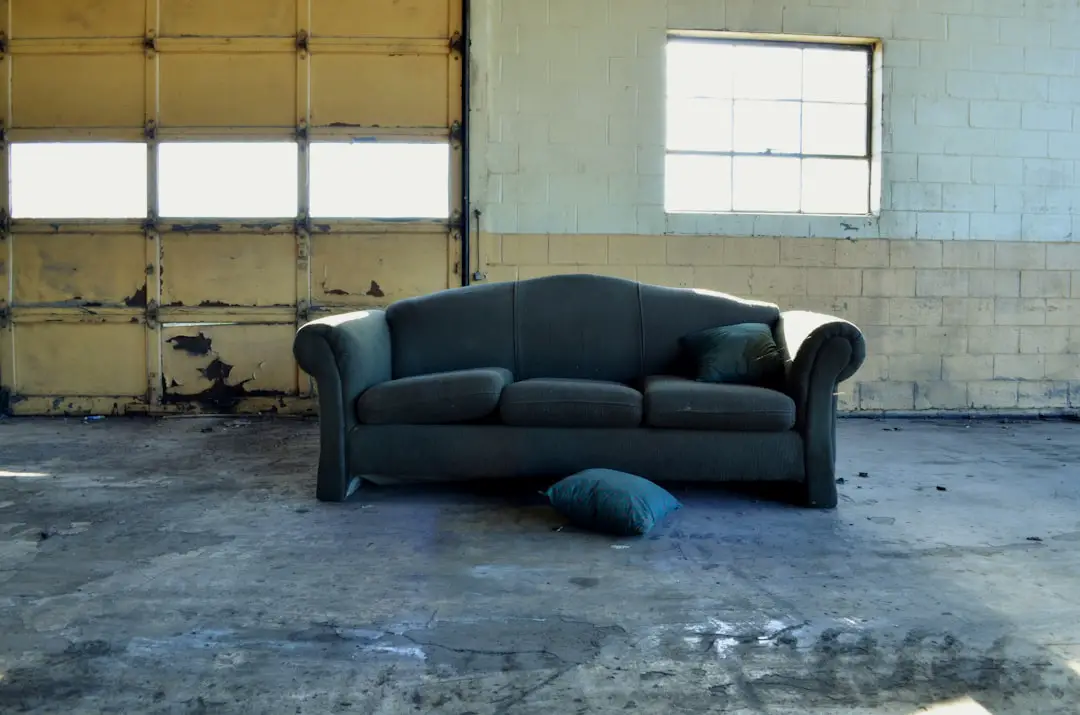In the era of cord-cutting and smart homes, streaming devices have become an essential part of modern entertainment. Whether it’s a Roku, Amazon Fire TV Stick, Apple TV, or Google Chromecast, these compact devices offer access to a wealth of content. But there’s one persistent issue that continues to frustrate users: the disappearance of the remote control. A lost streaming device remote is more than an inconvenience—it can lead to missed shows, unnecessary expenses, and hours of fruitless searching.
This article delves into the often-overlooked challenge of keeping track of streaming device remotes. We’ll explore why they’re so easily lost, what steps you can take to recover them, and what proactive measures users and manufacturers alike can adopt to mitigate the problem in the future.
Why Streaming Device Remotes Get Lost Easily
Streaming remotes are designed to be compact, user-friendly, and lightweight—qualities that also make them incredibly easy to misplace. Unlike traditional TV remotes, which are larger and often remain stationed near the television, streaming remotes frequently migrate around the home. Here are some common reasons why they’re so prone to vanishing:
- Small Size: Many streaming remotes are no longer than a smartphone and can easily slip between couch cushions or fall behind furniture.
- Minimal Use Time: Because users only need the remote for a minute to start or pause content, it’s often left in random places when not in active use.
- Portability: Households often move remotes from room to room, especially in multi-TV homes. This increases the chances of misplacement.
- Lack of Distinct Sound or Color: Many remotes are black or dark-colored, making them blend into surroundings and harder to spot.

Steps to Recover a Lost Streaming Remote
Before you resign yourself to buying a new remote—or worse, going without your favorite streaming services—consider these tried-and-true steps to locate your missing remote:
1. Retrace Your Steps
Think back to the last time you used the remote. Were you in the living room, the bedroom, or perhaps taking it to another room? Visualizing your actions is a helpful way to narrow down the possible zones of misplacement.
2. Check the Common Hiding Spots
People frequently find their lost remotes in the following places:
- Between or under couch cushions
- Under furniture like the TV stand or coffee table
- Inside drawers or magazine racks
- Behind the TV itself
- Mixed in with laundry or bedding
- Inside toy bins (especially in homes with small children)
3. Use a Mobile App if Available
Many popular streaming platforms offer companion smartphone apps that allow you to control your device. For instance:
- Roku: Provides a mobile app with a fully functional remote, voice search, and keyboard.
- Amazon Fire TV: Includes an app that mimics all the buttons found on the physical remote.
- Apple TV: Integrated control is available through the iPhone’s Control Center.
- Google TV (Chromecast): Allows remote control through the Google Home app.
While these apps can temporarily restore control, they do not help you locate the physical device but offer much-needed functionality in the meantime.
4. Use a Remote Finder Feature
Some premium models, such as the Roku Ultra, include a remote-finding feature. Pressing a button on the streaming device triggers a sound from the remote, helping you locate it — assuming it’s within earshot.
5. Involve Others
Two sets of eyes are often better than one. Ask other household members if they’ve seen it, or better yet, get them to help you look. Sometimes, fresh perspectives make all the difference.
Replacing a Lost Remote
If your remote is truly gone, you may need to purchase a replacement. Here are your best options:
- Official Replacement: Visit the manufacturer’s website to purchase an identical or compatible model.
- Universal Remotes: Some universal remotes now support streaming platforms, though functionality may vary.
- Third-party Vendors: Sites like Amazon and eBay offer replacement remotes from various suppliers, but caution is advised to ensure compatibility.

Proactive Prevention: Keep It From Getting Lost Again
After recovering or replacing your already-missing remote, the next step is taking preventative action. Consider the following tips to reduce the chances of misplacing your remote again:
1. Designate a Specific Spot
Create a dedicated spot where the remote should be placed—whether it’s a small tray on the coffee table, a pouch on the couch armrest, or even a mounted holder near the TV. Creating a habit of returning the remote to this location can drastically reduce losses.
2. Use Velcro or Magnets
Attaching Velcro strips or small magnets to the back of the remote allows you to stick it to a specific place when you’re done using it. This is especially useful in households with children or multiple users.
3. Add a Bluetooth or RFID Tracker
For ultimate assurance, attach a slim tracking device like a Tile or AirTag to your remote. These devices allow you to track its location via your smartphone and even emit a sound to help you find it quickly.
4. Choose High-Visibility Accessories
Consider using a brightly colored protective cover for your remote. Neon hues or reflective tapes can make it far easier to spot, even at night or in dimly lit rooms.
What Streaming Device Manufacturers Can Do Better
Consumers aren’t just looking for entertainment; they’re looking for convenience and usability. Considering that remote loss is a recurring customer pain point, manufacturers should take proactive steps to improve user experience. Here are improvements that could make a real difference:
- Integrated Tracking: More devices could come equipped with built-in remote finders or support external tracking accessories.
- Better Ergonomics and Visibility: Designing remotes in brighter colors or with glow-in-the-dark elements could help prevent loss.
- Voice Control Integration: Emphasizing voice control through smart speakers or AI assistants can reduce reliance on physical remotes.
- Dedicated Storage Solutions: Selling or including docking stations or holders as part of the package could encourage better storage habits.
Conclusion
While losing a streaming device remote may seem like a minor nuisance, its impact on comfort and daily routines is truly underestimated. The act of scrambling through couch cushions or resorting to buying a replacement adds unnecessary stress to what should be a relaxing experience. Thankfully, both short-term solutions and long-term precautionary steps exist to address the problem effectively.
By staying vigilant and employing a few simple strategies—even including modern technology like trackers—you can minimize the chances of remote loss. And if you’re a manufacturer reading this: know that attention to such seemingly minor user frustrations can go a long way in differentiating your brand in a crowded marketplace.
Losing your remote doesn’t need to be part of your streaming routine. With the right tools and habits, you can keep the entertainment flowing without a hitch.

